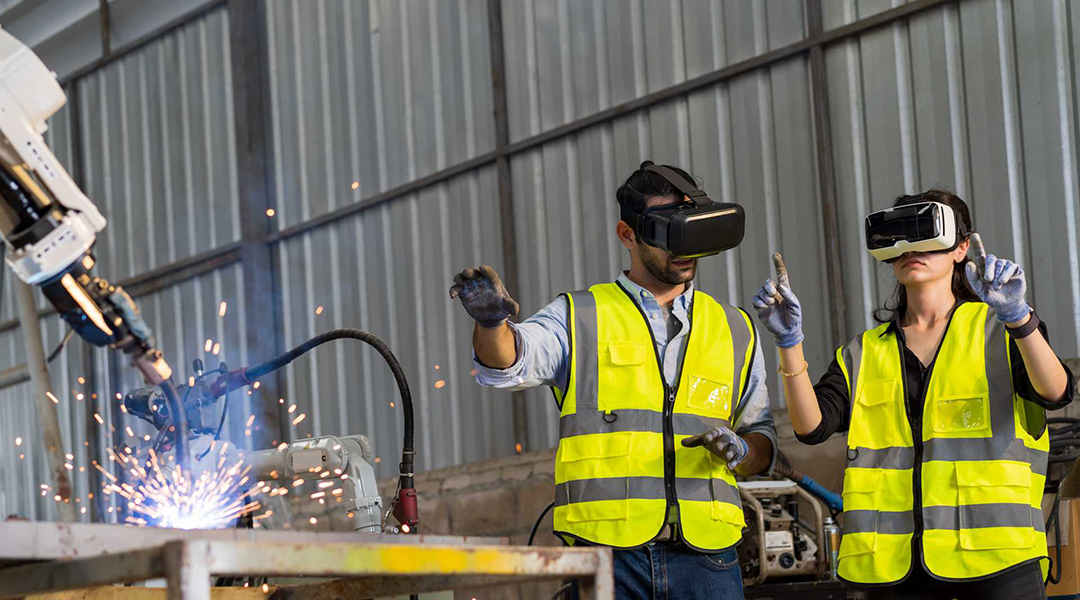Augmented reality isn’t a futuristic concept; it’s already the new normal in everyday life and business. Just 6 years ago, the AR market was valued at $2.35 billion, but by next year, it’s expected to reach $117.4 billion.
Today, AR corporate training is a proven and effective approach strengthening employee qualifications, optimizing workflow, and reducing resource consumption. Pretty impressive, right?
This article will discuss the role of augmented reality in corporate training and the related benefits. Furthermore, we’ll tell you about a unique way of increasing corporate performance with fewer resources - AR development services.
Augmented reality in the workplace: explained
Augmented reality, in general, is the technology for complementing the real world with digital data — objects, sound, and sensory features. An AR-based app scans a user’s environment and displays it on a screen. Then, any 3D asset can be added on screen on any scale for further interactions.
AR in the workplace allows you to conduct safe immersive training, collect valuable data and insights, remotely collaborate with coworkers, and interact with different digital objects. Augmented reality training can be delivered via mobile devices or smart glasses that project data directly onto the lens. Still, an ordinary smartphone is usually enough, and almost every person has it, so it’s not necessary to spend a large budget on special equipment.
4 Main Fields of Augmented Reality in Corporate Training
Augmented reality technology is not a limited feature, but a one-stop solution for many areas. Adopting an AR app can positively affect four areas of business present in most enterprises.
Onboarding and Internship
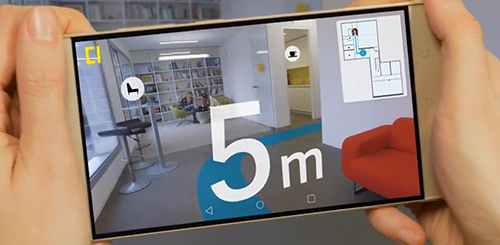
Augmented reality applications can not only display digital information, but do it with a specific program. Thus, AR software can conduct an effective onboarding process. New employees and interns can easily get familiar with crucial information about a company in interactive form. They can even go on a workplace tour while sound or text instructions explain the structure of a company.
Heavy Equipment Training
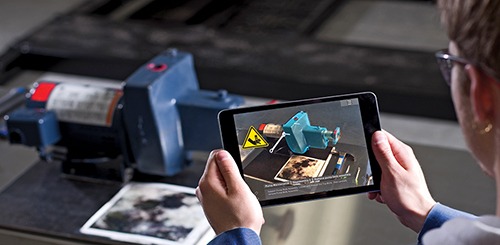
Some employees in such industries as machinery, construction, agriculture, etc., regularly interact with the heavy equipment that takes time to examine and practice. Managers do not always have the opportunity to provide employees with equipment for training and education, but an AR app can easily help with this.
Any piece of equipment can be made into a 3D model and represented on a mobile device screen, tablet, or smart glasses. You can also project an object onto the real world using specific projectors. You can interact with the thing: zoom, twist, use the available functions. Thus, the employee will be able to practice safely without using physical equipment.
Quality Assessment Training
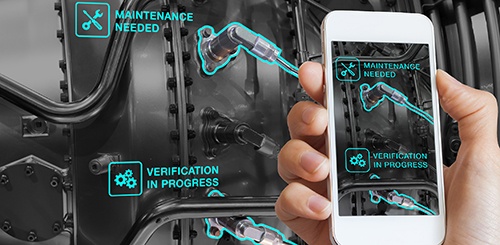
Working with equipment and design requires regular evaluations, but conducting tests and measurements manually takes a lot of time and specialists. With augmented reality, you can define the necessary parameters of structures or equipment, scan their physical form and receive data in digital format. In addition, you can scan and receive results for several design units at the same time. Thus, employees can train in this task simply using devices instead of specific tools.
Employee Safety Training
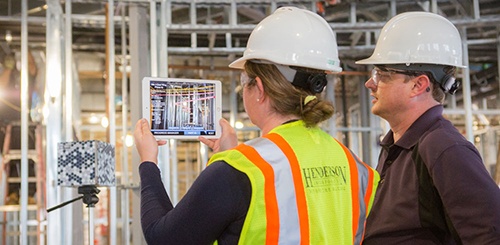
Training in actual production conditions can be pretty dangerous for employees. For example, interacting with equipment requires special skills and experience to ensure that employees do not harm themselves, others, and the environment. Using an augmented reality application, you can simulate dangerous situations without damaging the work process and the health of personnel. In addition, OSHA (Occupational Safety and Health Administration) compliance can be verified.
Looking for accessible corporate training solutions?
You might benefit from our services!
Benefits of Augmented Reality in Corporate Training
The eLearning principle itself has many benefits, but using an AR-based app in a workplace can be even more versatile. Let's have a closer look at it!
- Smoother onboarding
According to Brandon Hall Group Research, organizations with a robust onboarding process improve retention of new hires by 82% and productivity by over 70%. On the other hand, companies with weak onboarding programs lose the trust of their candidates and are more likely to lose these individuals in the first year. Moreover, this process doesn’t require any specialists who usually help new hires with onboarding. - Reducing the risk of injury at work
A well-trained and educated staff is a foundation of safety for each employee. Regular safety training using immersive technologies increases the level of involvement in the training. For example, according to the Learning Pyramid, people memorize only 5% of the information when listening to lectures. Unlike teaching methods, when they can experiment with a program, the memorization level reaches 90%. This means that with this level of awareness, the risk of injury at work is significantly reduced. - Optimal ROI
Overall indicators suggest that adopting augmented reality applications requires only one item of expenditure - creating a custom application. Concerning equipment, it depends on the degree of necessity and the size of the budget. A mobile device is enough for employees to use the application. If necessary, you can purchase smart glasses.
As a result of using the AR app, the amount of resources (time, budget, the number of specialists) for completing tasks is significantly reduced. Thus, the term for the return of investments is not long at all. If we talk about exact numbers, the ROI level needs to be calculated for each company separately, considering the application of what level they want to get and what equipment they need. - Visual feedback in assessments
Employees who train with an augmented reality app are not on their own. Each training session is recorded so that later, employees can view the recording of their training, study errors, and work on them. In addition, the program accompanies employees during training, provides the necessary information and tips, and calculates the best options for action. - Improving soft skills
An AR-based application gives an opportunity not only to train in hard skills but also to develop soft skills. For example, interaction with customers. You can write a training script into the software, which will allow you to communicate with a virtual client and practice interacting with him as efficiently as possible, receiving tips and recommendations along the way. - Emergency training
Emergency practice is vital because, unlike standard safety training, emergency training includes an element of mental tension. Many people find it challenging to make decisions in stressful situations, so regular training and an accurate understanding of what needs to be done in the future can save the life and health of employees and preserve the safety of an enterprise.
AR Corporate Training Challenges
- Tracking features in the software. An AR app for the workplace often needs to track objects and markers in a user’s surroundings.. For example, an employee may scan a QR code, equipment, or structure. The application must accurately recognize not only the object but also the characteristic movements of the device. Such functions can be difficult to configure in such a way that they work without glitches and errors.
- Cybersecurity and regulatory concerns. Data security is a common challenge in many areas. Given that an AR application requires uploading and accessing corporate information, you must ensure that the developers have installed a reliable security system and tested it.
- Training employees in the use of AR. Although you can train through AR applications on your own, the company's management must familiarize employees with the new technology and instruct them on how to use it. Some people find it difficult to understand how modern technology works, so you need to spend some time and effort to get employees accustomed to the new learning format.
Augmented Reality in Corporate Training: Examples
Immersive technology isn’t a priority for every company yet, but many successful corporations have already implemented it in their operations.
Skoda Auto AR Training
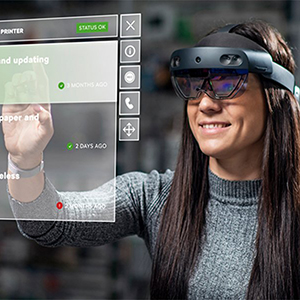
The Czech car manufacturer ŠKODA AUTO launched the Sales & After Sales Training Academy, which is designed to train employees in modern sales methods, as well as in customer service after buying a car. The company uses immersive technologies of augmented and virtual reality training programs.
Hy-Way Heater AR Training
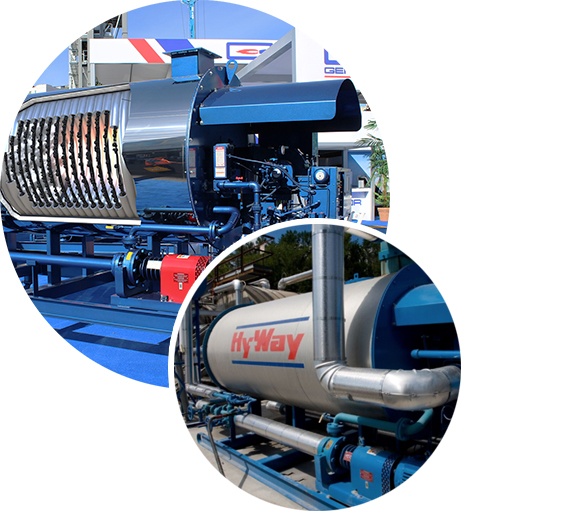
Heavy machinery is vital in the energy industry, but training employees with powerful machinces can be too dangerous and error compensation too costly. Program-Ace addressed the issue for a client by developing an AR application to study the operation of a vast Hy-Way Heater used in production.
The real sample heats up to too high a temperature during the process, so it was almost impossible to study it in action. Fortunately, Program-Ace's team of specialists came up with a solution and brought it to life.
Mercedes-Benz AR Training
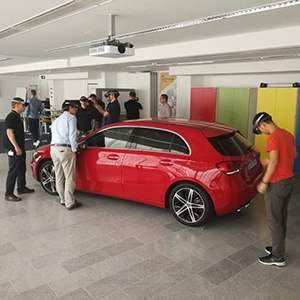
Mercedes Benz has 150 training centers in 120 countries to educate employees in management, products, branding, and sales. Employees learn using mixed reality technology, which is created by combining augmented and virtual reality. The training center uses Microsoft HoloLens smart glasses that project digital data into the real world.
Boeing AR Training
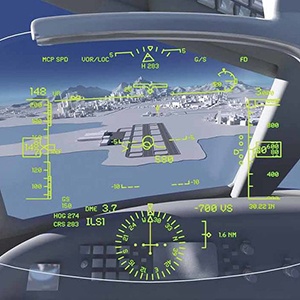
The Boeing aircraft company has long used VR and AR technology to train its employees - pilots, engineers, and other technicians - given that training in a real-world environment can be too dangerous and expensive. Recent experiments with AR training have shown promising results - employee productivity increased by 40%, and production time was reduced by 25%. These numbers are awe-inspiring!
Medical Military AR Training
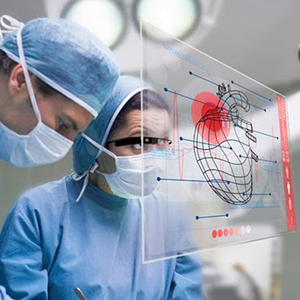
The skills of military medicine specialists are literally a matter of life and death, as the US military depends on these people. Thus, the Pentagon has introduced an augmented reality tool in the form of a training program for paramedics.
The technology reproduces training scenarios and works based on the Tele training method. This means that the augmented reality application projects a 3D object like a wounded human body, and the program suggests the best actions to take.
Building custom AR software: take your operations to the next level
The implementation of AR-based training programs is widely used by successful corporations worldwide, and most of them use custom applications, taking into account all the necessary functions. Developing such an application is a laborious but worthwhile process that can easily take a company to a new level of growth and earnings.
If you need a custom AR app and you value your time, it’s better to find a reliable technical partner for development. For example, Program-Ace develops enterprise training solutions based on immersive technologies for any field. Our company's many years of experience serve as our foundation for developing successful and unique products that help meet business goals in any industry.
Feel free to contact us for advice, implementation of your custom project, or outsourcing the team of specialists you need.

